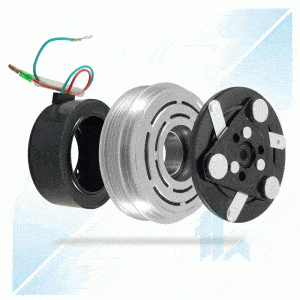System Diagnostics & Code Clearing
The very first scan tools were introduced by Volkswagen all the way back in 1968. In 1980 General Motors introduced a proprietary interface and protocol capable of providing engine diagnostics through an RS-232 interface or more simply, by flashing the Check Engine Light.
Standardisation of on-board diagnostics came in the late 1980s. The technology in cars has come a long way since then. Over the decades and with advances in motoring, scan tools have become absolutely critical in today’s automotive repair industry. Scan tools are used for anything from monitoring tire pressure to recalibrating your climate control system.
Check-Engine Light, what does it mean?
If you’re positive that it’s the check-engine warning light staring back at you from the instrument cluster, there are some key things to consider. If the light is a steady orange or yellow and there is no perceptible change in how the car is driving, you probably don’t need to stop the vehicle immediately. There is a good chance it could be a minor problem, however, it’s not smart to ignore the problem until the car does have noticeable issues. In the rare instance that the warning light starts flashing it is advised to pull over when it is safe to do so and turn your car’s engine off. A flashing warning light almost always indicates a serious problem has occurred; Severe damage could be done if you continue to drive your car.
It is important to note that Scan tools do not actually fix or directly diagnose anything. However, without these functions being available from a scan tool, diagnostics, calibrations, and re-learn functions are often impossible to perform. Scan tools provide vehicle data and show trouble codes stored within the vehicle’s computer networks. Access to these codes directs the technician to the area of concern. Vehicle computer networks also automatically disable many vehicle functions when a trouble code is stored even after the actual fault has been repaired. Clearing the code can restore the function giving the appearance that the scan tool “fixed” the problem. However, if the fault is still present the code will re-appear and a malfunction indicator or message could illuminate, or a particular function may become inoperative again.
Noting, repairing, and clearing codes is a great way to monitor the health of your vehicle. Not only can you detect malfunctions, but you can also monitor driving habits or find out what could be causing your car to show a reduction in its performance. Failing to clear a code after a repair could leave you second-guessing the issue or doubling your work to recheck the codes. That’s why you should always clear engine fault codes once any repairs have been carried out. A fault code is not always indicated by an illuming light on the dashboard. Cars often have what is known as pending codes. Pending codes are stored in your vehicle’s memory. These codes are outside of the vehicle’s emissions control system and often do not trigger a check engine light.
Double-checking for error codes means you can be assured your vehicle does not have any faults or needs repairs. The only way to check and read fault codes is with the use of a scan tool. Not repairing a vehicle and leaving the codes unchecked could leave you making major fixes later, costing you time and money.
